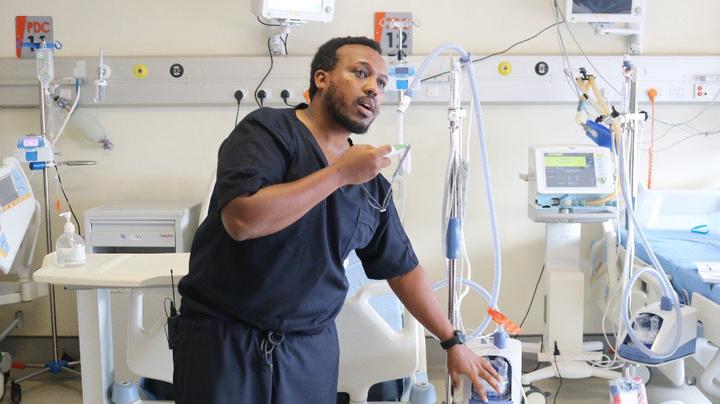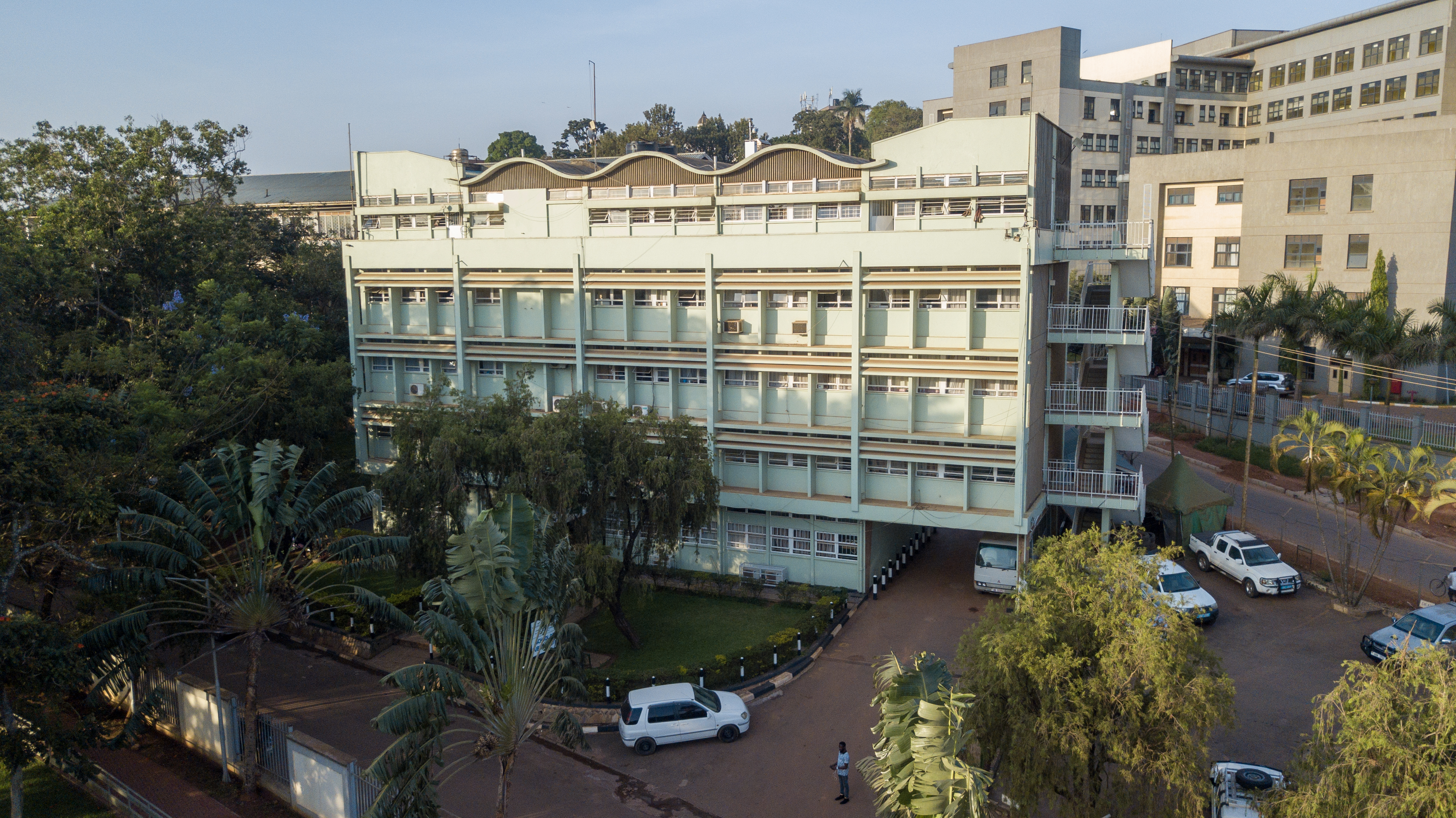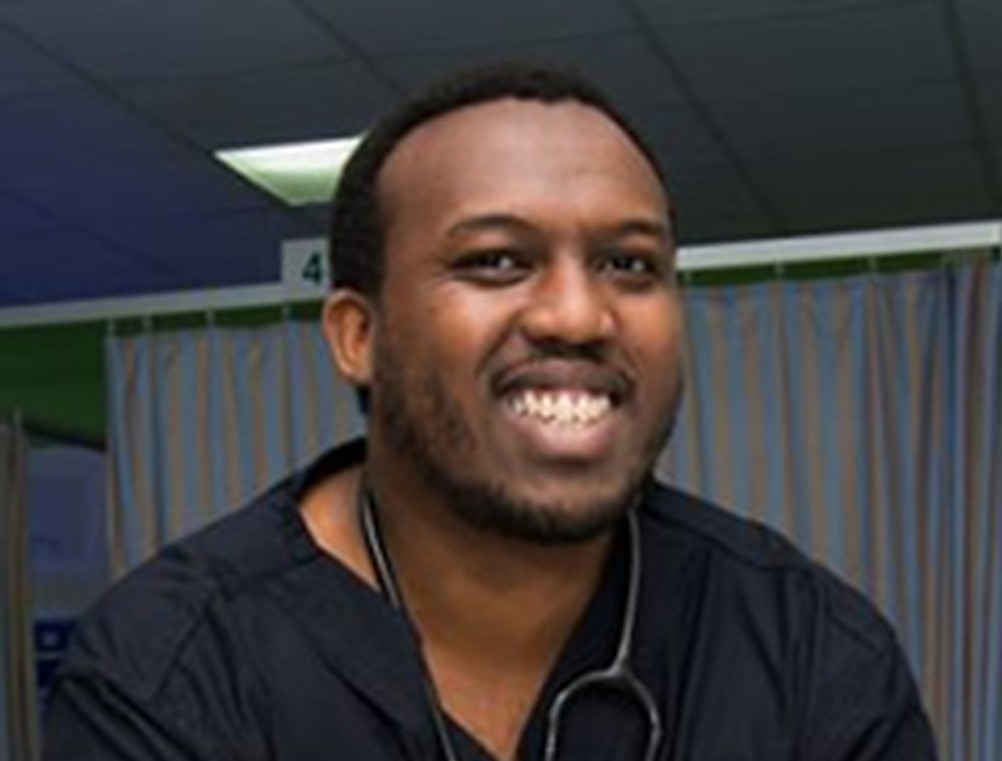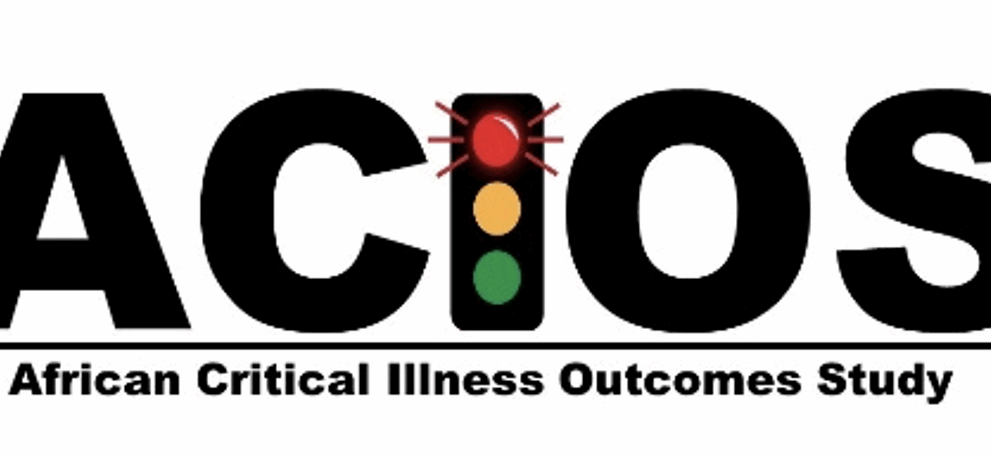The African Critical Illness Outcomes Study (ACIOS) stands as the most extensive investigation of critical illness ever undertaken on the continent, casting new light on the hidden scale and severity of life-threatening conditions in African hospitals. Led by Professors Rupert Pearse and Bruce Biccard under the aegis of the NIHR Global Health Group in Perioperative and Critical Care, ACIOS enrolled nearly 20,000 adult inpatients from 180 hospitals across 22 countries between September and December 2023. The study’s findings, published in The Lancet, reveal that one in every eight hospitalized adults meets the criteria for critical illness, defined by severely deranged vital signs.
ACIOS paints a stark portrait of a two-tier mortality divide. Critically ill patients face a seven-day in-hospital mortality rate of 20.8 percent, juxtaposed against just 2.7 percent for those without critical illness. This nearly eightfold increase in short-term death risk underscores how rapidly unstable patients deteriorate without prompt, high-quality interventions. Associate Professor Arthur Kwizera, the study’s National Lead for Uganda and Co-Investigator, observed that these mortality figures “highlight an urgent need to rethink how African hospitals identify and manage critically ill patients from the moment they arrive”.

Perhaps most alarming is the finding that nearly 70 percent of critically ill patients never reach an intensive care unit or high-dependency ward but remain under general ward care. This reality reflects a chronic scarcity of ICU beds and specialized staff across much of Africa, where resource
constraints relegate severely ill individuals to settings ill-equipped for their needs. Such systemic shortfalls are compounded by glaring deficits in essential emergency and critical care (EECC): more than half (56.3 percent) of those identified as critically ill did not receive basic lifesaving measures such as oxygen therapy, intravenous fluids, or secure airway management within the first day of observation.
“The implications of these gaps cannot be overstated,” said Dr Tim Baker, First Author of the ACIOS report, “Our findings should change the way we think about critical care. There is a much larger burden of critical illness than we previously thought. Simple, low-cost, essential emergency and critical care is not being provided. Many deaths are preventable”. His call to action resonates with the study’s central thesis: that low-cost, scalable interventions could drastically reduce mortality without the need for high-cost ICU build-outs.
Beyond illuminating patient-level outcomes, ACIOS collected facility-level data to assess readiness for critical care delivery. Many hospitals lacked reliable access to oxygen cylinders, infusion pumps, and suction devices, and faced shortages of trained personnel capable of recognizing and responding to early signs of deterioration. These infrastructural and workforce gaps point directly to policy levers for change, suggesting that investments in EECC training, procurement of basic equipment, and establishment of monitoring systems in general wards could yield outsized benefits in patient survival.


Collaboration lay at the heart of ACIOS’s success. In Uganda, Makerere University’s College of Health Sciences, under Associate Professor Kwizera’s leadership, coordinated national data collection in partnership with Busitema University. In South Africa, the University of Cape Town team led by Professor Biccard provided epidemiological expertise, while Muhimbili University in Tanzania anchored work in East Africa. The African Perioperative Research Group and the EECC Network facilitated cross-continental collaboration, ensuring that protocols and training materials were standardized across all participating sites.
The policy implications of ACIOS are immediate and profound. Hospital administrators and health ministries are urged to strengthen EECC in general wards by integrating early warning score systems, running rapid response teams, and guaranteeing availability of oxygen and intravenous fluids. Training curricula for nurses and physicians must prioritize critical care fundamentals, ensuring that frontline staff can identify life-threatening derangements and initiate prompt corrective actions. Such measures align with universal health coverage goals, as improved survival among critically ill patients translates into broader gains in population health without prohibitive capital expenditure.

In concluding reflections, Associate Professor Kwizera emphasized that ACIOS offers a roadmap for urgent reform.
“ This study provides first-of-its-kind epidemiological data on critical illness across multiple African countries. By addressing gaps through low-cost essential emergency and critical care, we can save many lives without requiring high-cost ICU infrastructure ”
Professor Arthur Kwizera
As Africa’s health systems strive to recover from the disruptions of the COVID-19 pandemic and build resilience against future threats, the quiet revolution catalyzed by ACIOS could mark a turning point—transforming how hospitals detect, triage, and treat the critically ill, and ultimately redefining the standard of care on the continent.



